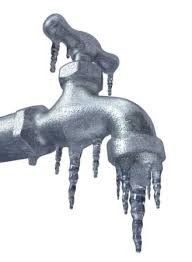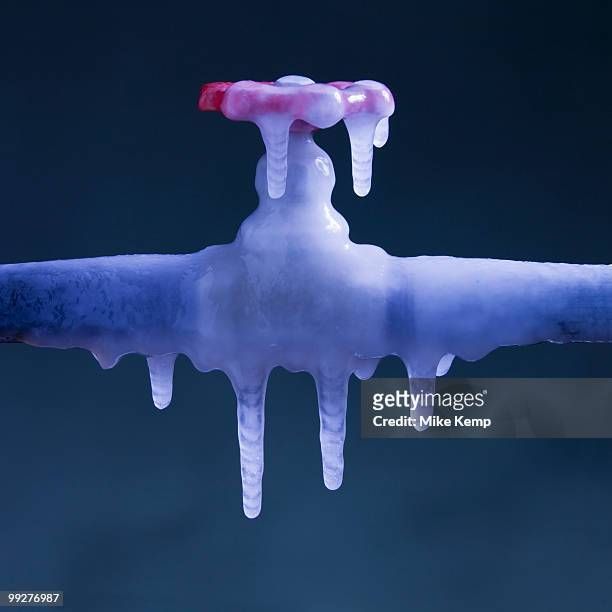Protect Your Pipes From The Winter Freeze
Tips to help protect your plumbing

One of the greatest dangers I see in the winter is the risk of freezing as temperature drops. Homeowners and Landlords want to keep their utility costs down so they lower the thermometer. While this may save a few dollars on heating costs, they are allowing the opportunity for pipes to freeze. The result can be costly. Pipes (copper, iron and plastic) will not just freeze, they will burst causing major water damage.
A crack in a pipe as small as 1/8 inch can spew up to 250 gallons of water per day, causing flooding, serious structural damage and the potential for mold.
This article features tips from AAA on how to best prepare your home or rental property.
Preventing Frozen Pipes:
- Make sure everyone in your family (or tenants) knows where the water shut-off valve is located and how it works
- Insulate pipes in your crawl spaces and attic.
- Seal gaps around pipes that allow cold air inside. You could also look for air leaks around electrical wiring, clothes dryer vents and pipes. Use caulk or insulation to keep the cold out
- Disconnect Garden hoses. If possible, use an indoor valve to shut off and drain water from pipes leading to outside faucets. This reduces the chance that pipes inside the house will freeze.
- If a freeze is expected, consider allowing warm water to drip slightly overnight, preferable from a faucet on an outside wall. Even a slight trickle may keep your pipes from freezing.
- Where there is a possibility of a freeze, don't turn down the thermostat at bedtime. Instead, maintain he same setting day and night. Drops in temperature, which are more common at night, could freeze your pipes.
- Open cabinet doors. This will allow heat to reach insulated pipes located under sinks. My wife and I do this quite often!
- If you're going on vacation, consider maintaining minimal heat (55 degrees or more) to prevent freezing.
Recovering From Frozen Pipes:
- If you turn on your faucet and nothing comes out, your pipes are likely frozen
- You may be able to use a hair dryer to thaw a frozen pipe. Begin by warming the section of the pipe closest to the faucet, then work your way out to the coldest part of the pipe.
- Never use a hair dryer or any electrical appliance around areas of standing water. You could be electrocuted.
- Never try to thaw a pipe with a torch or other open flame. This could cause a fire. I've seen this happen right here in Chemung County.
- If water pipes have already burst, turn off the water shutoff valve in the house and leave the water faucets turned on and call a plumber.
- If the damage looks severe, report a claim to your insurance company.
Prevention is the key to protecting your property. As your insurance agent, I want to be able to help in any way possible. It starts by making sure you fully understand your policy, like coverage amounts and deductible amount. While my goal is to not have you suffer a claim in the first place it's important to know how the claims process works in the event of a pipe freeze.
For more information contact me at Peter@WallinInsurance.com or visit our website or Facebook page.










